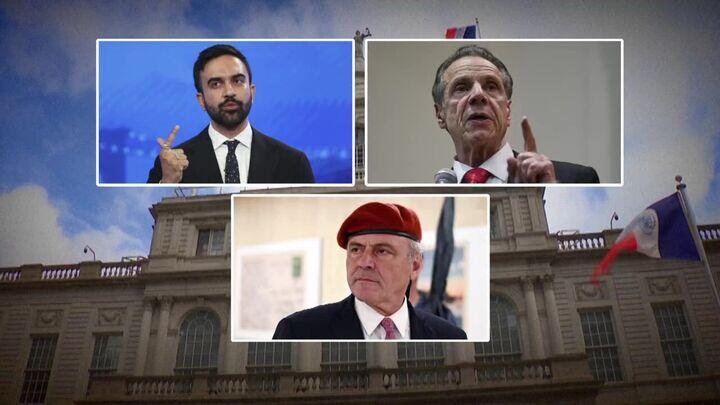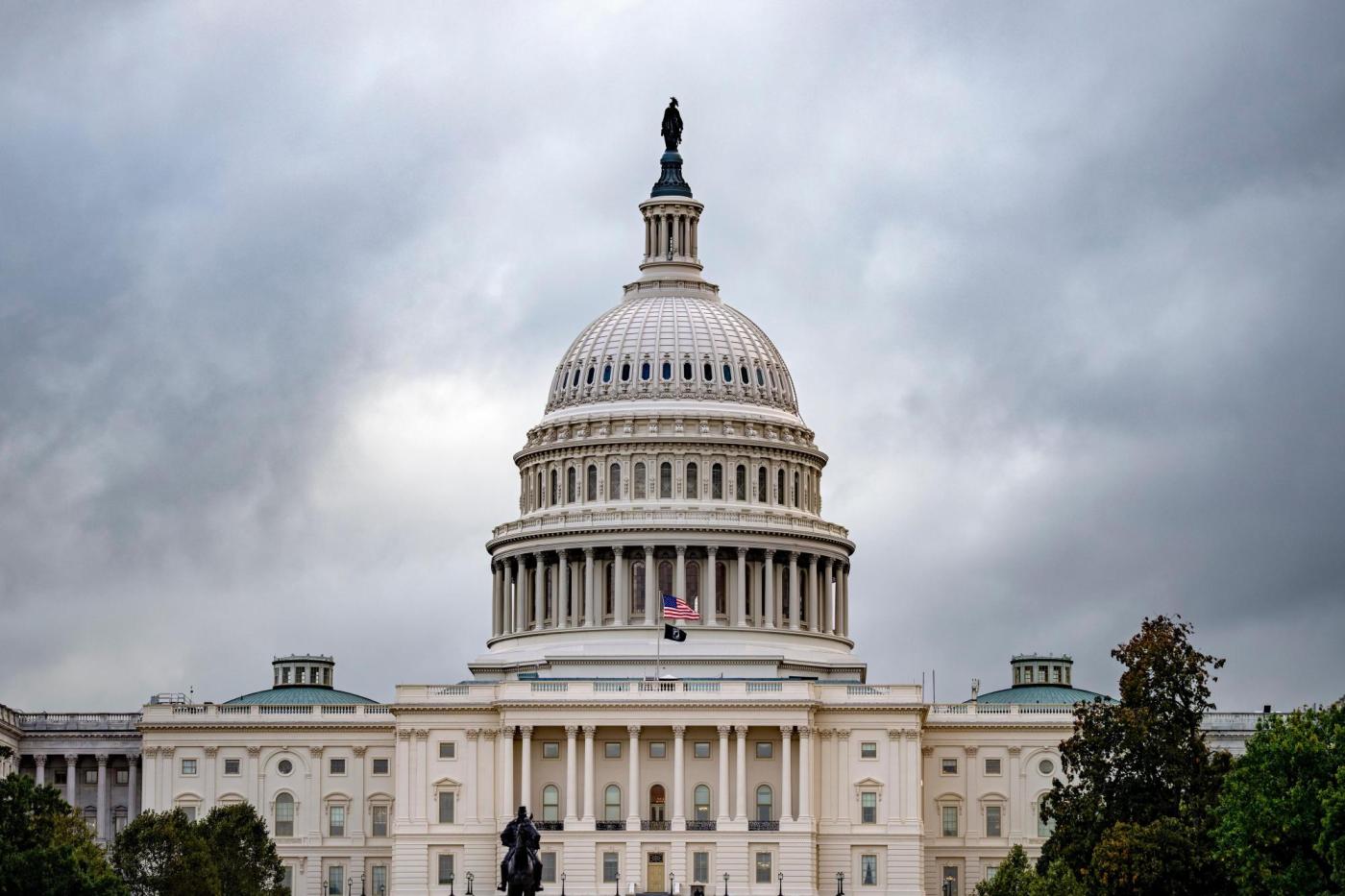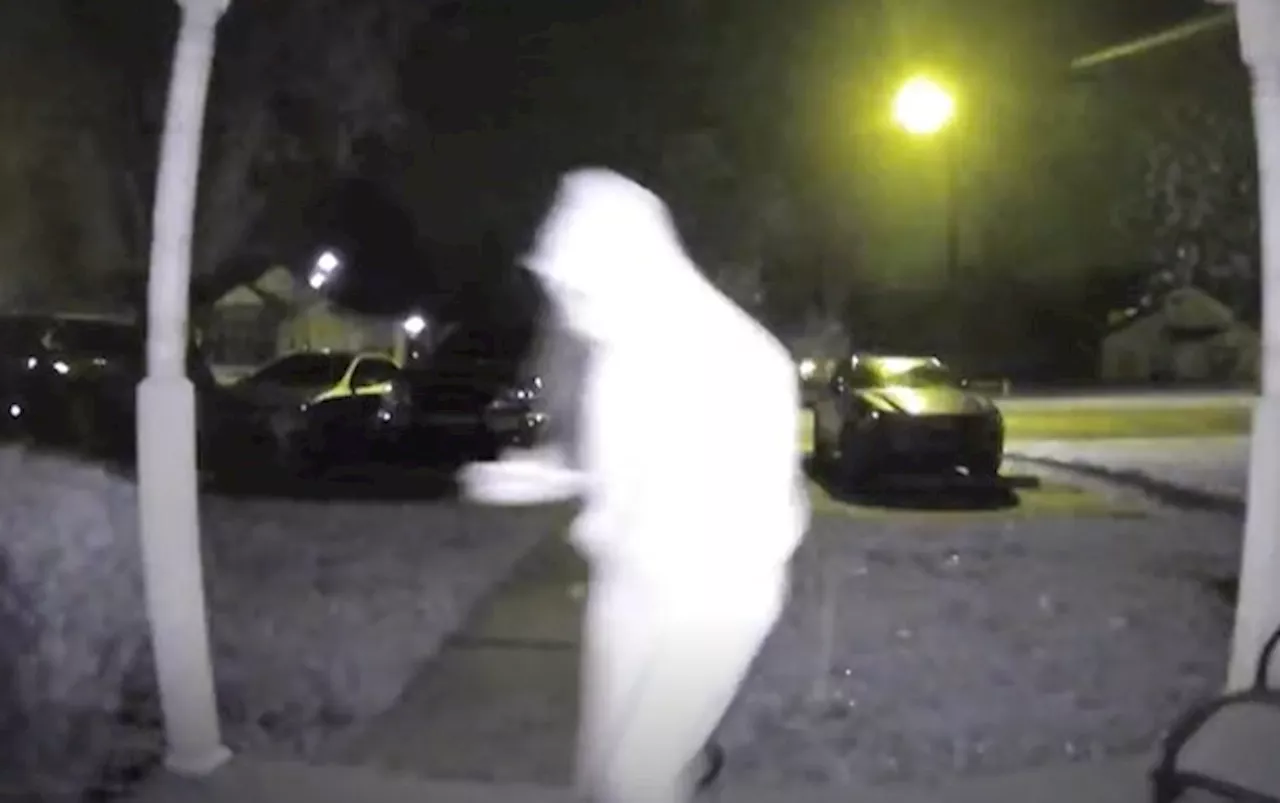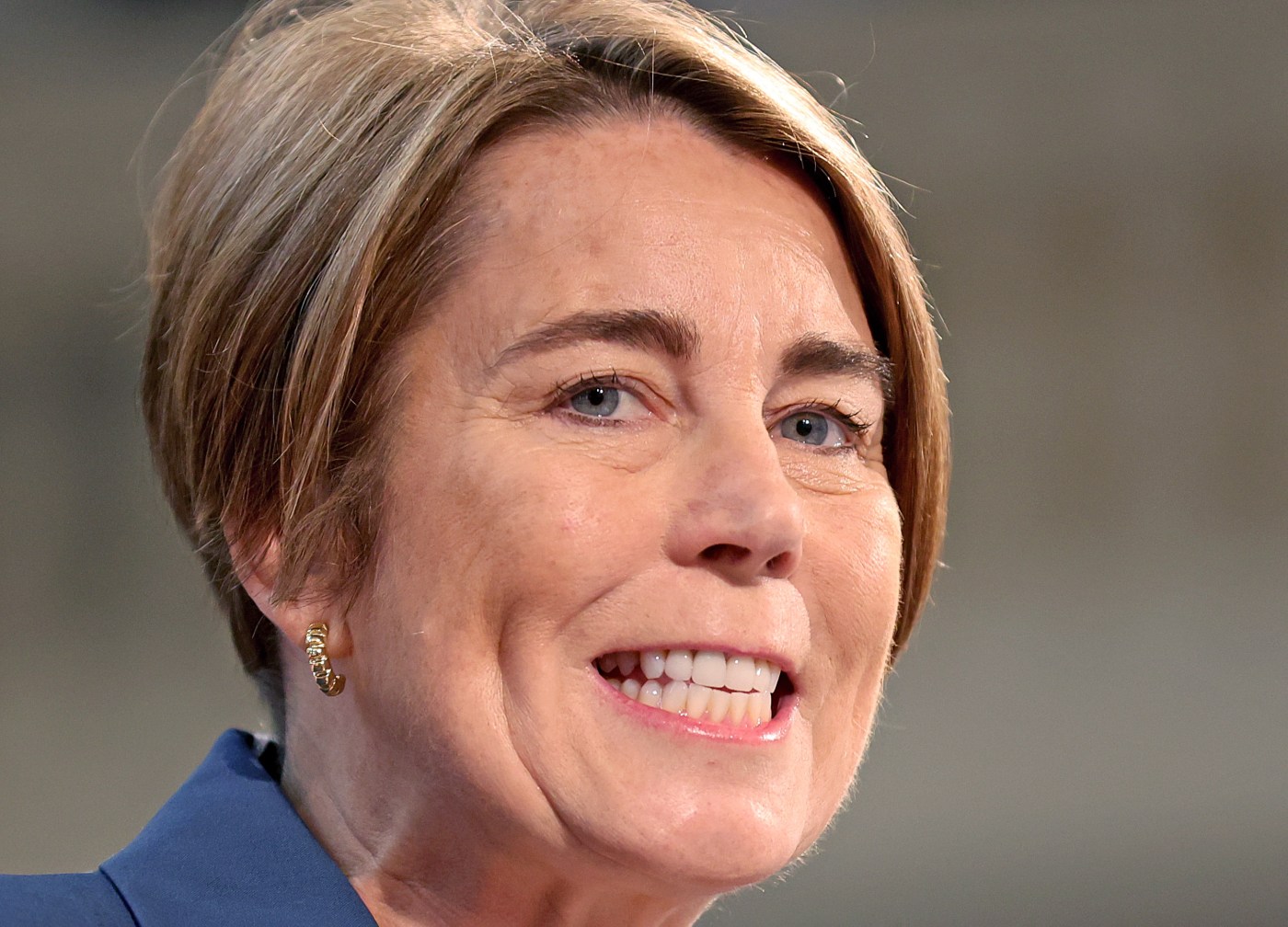On November 5, 2025, voters in New York City participated in a highly anticipated mayoral election featuring candidates Zohran Mamdani, Andrew Cuomo, and Curtis Sliwa. As ballots were cast throughout the city, attention turned to the potential implications of the results on the political landscape of one of the world’s most populous urban centers.
Voter Engagement and Turnout
Early reports indicated a strong voter turnout, with many residents eager to voice their preferences in a race that has drawn significant media attention. Polling stations across the five boroughs saw lines forming as citizens exercised their democratic rights. Many voters expressed their desire for change, citing issues such as housing affordability, public safety, and economic recovery as key factors influencing their choices.
Polling data prior to the election suggested a competitive race, with Mamdani, a progressive candidate, seeking to unseat the former governor Cuomo, who has faced scrutiny over his previous term in office. Sliwa, known for his advocacy and media presence, aimed to rally support from those seeking a fresh perspective on city governance.
Candidate Platforms and Key Issues
Each candidate brought distinct platforms to the table. Mamdani focused on progressive reforms, emphasizing social justice, environmental sustainability, and comprehensive housing policies. His campaign resonated particularly with younger voters and communities seeking systemic change.
In contrast, Cuomo campaigned on his track record and experience, positioning himself as a steady hand in turbulent times. His supporters highlighted his previous accomplishments as mayor and governor, indicating a desire for continuity in leadership.
Sliwa, for his part, appealed to constituents frustrated with the status quo. He promised to implement practical solutions for crime reduction and to enhance community engagement, aiming to capture the votes of those disillusioned by traditional political narratives.
As results begin to roll in, the focus will shift to voter demographics and regional support. Analysts are particularly interested in how different neighborhoods within the city may sway the outcome and what this election could indicate about the future direction of New York City politics.
With the polls closed and counting underway, New Yorkers await the final results, which could redefine the city’s leadership for the coming years. The election is not just a referendum on the candidates, but also a reflection of the city’s evolving priorities and challenges.







